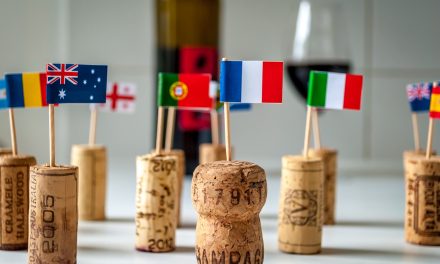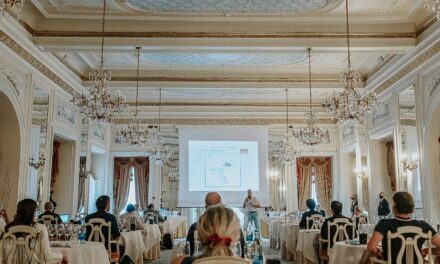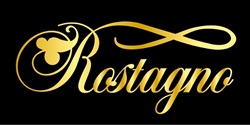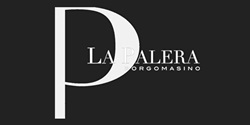Divers uncover a treasure trove of historic Champagne off the coast of Sweden, potentially worth thousands if the bottles are still drinkable.
WARSAW – In July 2024, a remarkable discovery was made in the Baltic Sea when Polish divers from BaltiTech unearthed a 19th-century shipwreck off the coast of Sweden. The wreck, which dates back to between 1850 and 1867, contained over 100 unopened bottles of Champagne, along with other items like wine and German Selters mineral water. The cold, underwater conditions have preserved the Champagne, potentially making it drinkable. This discovery adds to the growing number of historic underwater finds in the region, highlighting the Baltic Sea’s significance as a treasure trove of maritime history.
This find not only excites historians and archaeologists but also Champagne enthusiasts who are intrigued by the possibility of tasting a piece of history. The discovery mirrors previous finds in the Baltic, where preserved alcoholic beverages have been salvaged and even auctioned for significant sums. The Champagne bottles from this wreck could fetch a high price at auction, depending on their condition and provenance.
The presence of Selters water helped the divers to date the wreck accurately. Selters, a famous German mineral water brand, was widely consumed in the 19th century, and its identification provided a crucial clue about the ship’s timeline. The ship’s cargo, including wine and porcelain, offers a glimpse into the trade practices of the era, showcasing the kinds of luxury goods that were transported across European waters.
This discovery underscores the potential of underwater archaeology in uncovering hidden aspects of history, particularly in regions like the Baltic Sea, where cold temperatures can preserve organic materials like wood and leather, as well as delicate items like glass bottles and their contents.
If the Champagne recovered from this Baltic Sea shipwreck is still drinkable, it could join the ranks of some of the most valuable salvaged bottles in history. Notably, an 1841 bottle of Veuve Clicquot, also discovered in the Baltic Sea, was auctioned for an astonishing €30,000. Such discoveries demonstrate the potential for these underwater finds to not only offer historical insights but also yield highly prized and valuable artifacts.










